We are extremely lucky to have 6 English DNA testers that are all descended from Derbyshire Sheldons! This is in addition to the 10 John of Providence descendants and 11 Godfrey of Maine descendents (Note Richard 22 descendants have been folded into the Godfrey line. See blog post here for information on Richard). So in total we have TWENTY-SEVEN descendents of the first known Sheldon of Derbyshire! With this many testers we are starting to see some patterns and make some educated guesses. First off thank you to all who contributed funds to make this and other English testing possible. Please note that you can make contributions to the FTDNA Sheldon project vis this link. Just click on the blue donate button and you can make as large or small donation as you would like. You can also make it specific to a certain purpose—like for Big Y testing or English testing or specific to a particular individual. We recently purchased 4 additional kits for English testing.
In the Tree end of things Dale has entered (or is entering) all the trees of the English participants and has added the information from the 1926 J. Gardner Bartlett article in the New England Historical and Genealogical Register titled “The Sheldons of Bakewell, Derbyshire, England : and Isaac Sheldon of New England“. We are attempting to build out the tree on the English side of the pond. (Please note the information on Isaac of Windsor, Connecticut being of the Bakewell, Derbyshire Sheldons has been disproven—although the other information in the article may still be reliable.) All this information can be found under the Family Tree tab on the SheldonGenealogy.org website.
PHYLOGENETIC GROUP A Tree
So first a look at the phylogenetic tree for Group A. This is based on Big Y testing of individuals in Group A. Big Y tests YSNPS, which are mutations that happen once in the history of mankind. They are definitive, that is if you share a SNP you are descended from the same man in which that SNP occurred. In the case of the SNP FGC73449 all men alive today have a “C” at this marker, except the descendants of one man who had a mutation from “C” to “T” and that man was a Sheldon. So take the marker at the top of our tree FGC73449. This SNP was discovered in the test of Geoffrey Sheldon and is estimated to have occurred in an individual about the year 1500. All men that have a “T” are descended from that Sheldon of Derbyshire! That is why I call this determinative. Whereas YSTRS (the markers in a Y37 test) are indicative. They tend to put you in a family grouping but sometimes Genetic distance can be misleading due to markers adding or losing a repetion at YSTRS.
 You will see that the common ancestors for the left side include John of Providence AND Geoffrey’s line. The SNP FGC73475 with an estimated age of about 1600 is shared by both Geoffrey and the John of Providence descendants. So the common ancestor of both Geoffrey (whose line stayed in England) and the John of Providence who immigrated to America is likely in that 1500-1650 time frame! On the other hand the descendants of Godfrey do not have that SNP and therefore the common ancestor to both groups is likely. That is significant because it separates two branches of the Sheldon Family Tree in England. The Visitation of Derbyshire published in 1662 highlights ten generations of Derbyshire Sheldons beginning with Richard of Monyash in 1385. However the earliest man of record to take the name SHELDON a Roger de Scheladon of Bachequell (Bakewell) appears in a deed 25 July 1306 and 1307/08 served with a debtor’s notice over the purchase of 2 sacks of wool, valued at 12 marks a sack. So we have at least 13 generations of Sheldons to the year 1665. So that could make for a very large tree with many branches. We can try testing some of the English Sheldons for the SNP FT148289 and see if we get any positive results. To that end we can look at who is most likely closely related to Geoffrey and who is not. To that end I have made a matrix of the 6 English testers:
You will see that the common ancestors for the left side include John of Providence AND Geoffrey’s line. The SNP FGC73475 with an estimated age of about 1600 is shared by both Geoffrey and the John of Providence descendants. So the common ancestor of both Geoffrey (whose line stayed in England) and the John of Providence who immigrated to America is likely in that 1500-1650 time frame! On the other hand the descendants of Godfrey do not have that SNP and therefore the common ancestor to both groups is likely. That is significant because it separates two branches of the Sheldon Family Tree in England. The Visitation of Derbyshire published in 1662 highlights ten generations of Derbyshire Sheldons beginning with Richard of Monyash in 1385. However the earliest man of record to take the name SHELDON a Roger de Scheladon of Bachequell (Bakewell) appears in a deed 25 July 1306 and 1307/08 served with a debtor’s notice over the purchase of 2 sacks of wool, valued at 12 marks a sack. So we have at least 13 generations of Sheldons to the year 1665. So that could make for a very large tree with many branches. We can try testing some of the English Sheldons for the SNP FT148289 and see if we get any positive results. To that end we can look at who is most likely closely related to Geoffrey and who is not. To that end I have made a matrix of the 6 English testers:
RELATIONSHIPS OF ENGLISH TESTERS
This shows the genetic distance (GD) between each pair of English Sheldon testers. The GD is also sometimes referred to as mismatches.
So each individual is represented and his GD with any given match. So the closest two individuals are Nick and Mark. At a distance of one they would be expected to be related in a fairly recent time frame. FTDNA has given us a tip to estimate the age to a common ancestor. Looking at Nick and Mark this is that “TIP” result. So this anticipates they share a common ancestor at about 60% in the past 100 years; 90% in the past 200 years and 99% in the last 300 years.
The next closest match pair is Nick and Geoff at a GD of 4 . That gives us this so Nick and Geoff are about 50% probability of being related in the past 200 years. About 77% in the last 300 years and 92% in the last 400 years.
So where can we go from here? Well I might suggest that Nick test the marker that Geoff shares with the American John of Providence Sheldons FGC73475. If he is positive that puts him on the left side of our phylogenetic tree. My guess is they he will be negative. The other possibility is below.
Looking at the individuals most GD apart Ron and Tom. We can see the chance of their being related in the past 100 years is less than 1%. But in the last 400 years we get up to 63% and within the last 600 years we are up to 91% Based on this I would expect their line of descent from the original Sheldon would be quite different . The only way to resolve is through another Big Y test in the Group A3 (English Testers) or through spot testing.
Just to test my hypothesis I took a look at George Sheldon’s closest English match which turns out to be Nick! So comparing Nick (English tester) and George (American tester) we get a 50% probability that they are related within 200 years (which we know from genealogy not to be the case). But in 300 years we get about 79% chance and in 400 years 92% chance. My guess is the common ancestor is about 1520-1620. When I looked up the SNP for Godfrey descendents: SNP FT148289 it states the estimated age of that SNP is 1550. So my guess is Nick might well be positive for this SNP. Nick has a closer relationship to his American cousin george than he does to his English cousin Geoff! And based on SNP testing he may indeed be closer to the descendents of Godfrey in America than say the descendants of John. It is my educated guess that based on the DNA so far John of Providence and Godfrey of Maine may be distant cousins and not likely to be brothers or first cousins. Time will tell with more testing.
TRADITION GENEALOGY
So through a combination of traditional genealogy we may edge ever closer to sorting out the tree on the English side of the pond. This is a matter of collaboration to collect as much genealogical data as we can on the Derbyshire Sheldons working backwards and forwards. And with some DNA help we may get much closer than we ever thought possible. Thank you to all the testers . Further questions can be submitted here .
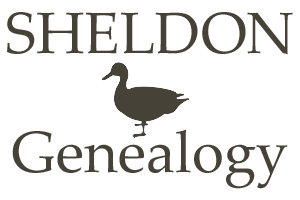


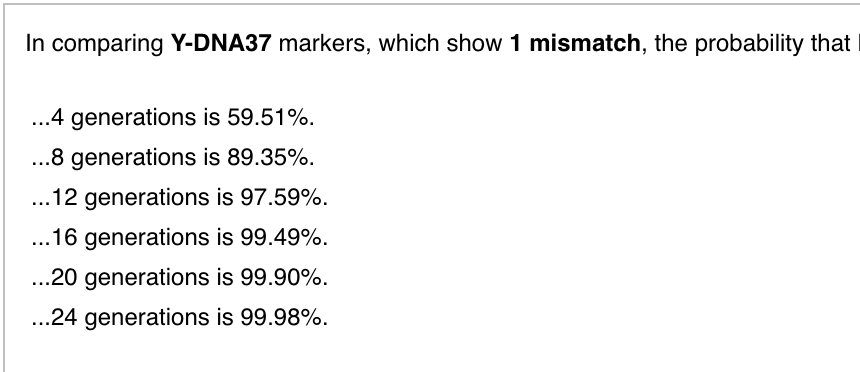
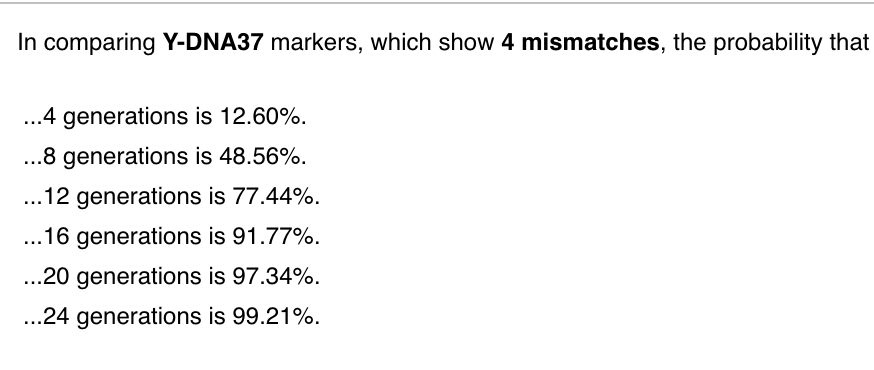
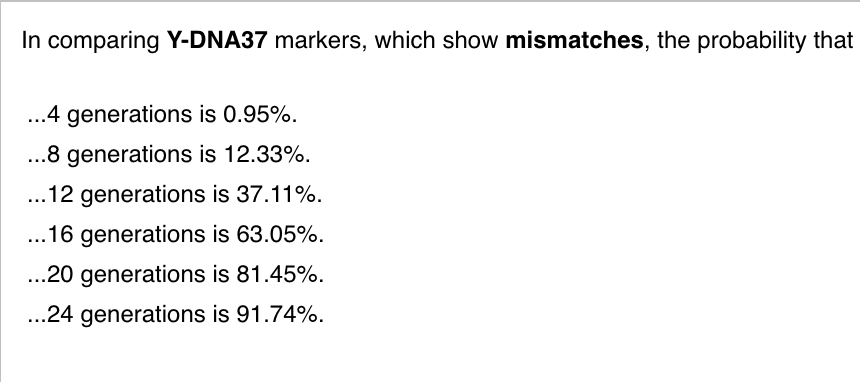
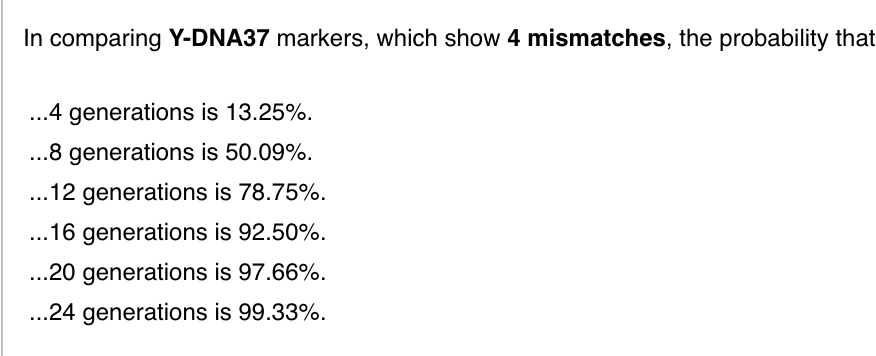
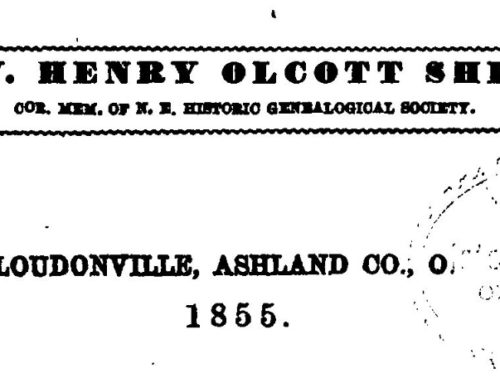
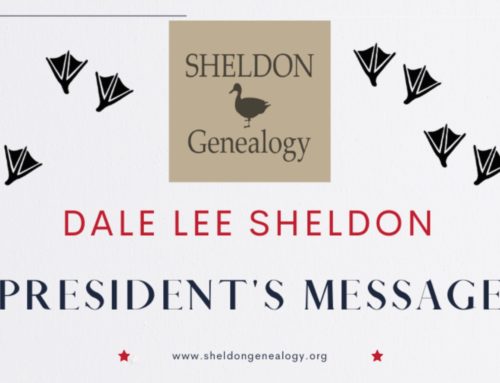
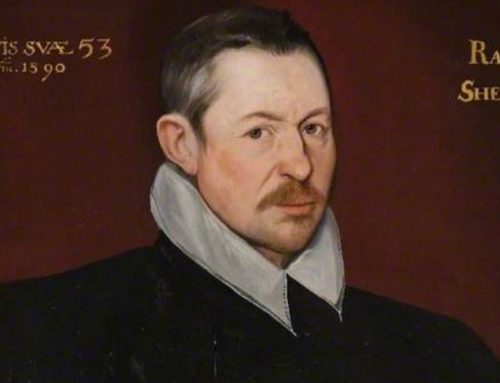
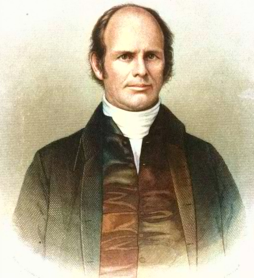

Leave A Comment
You must be logged in to post a comment.